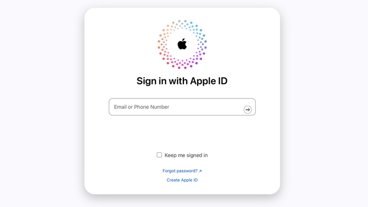Google shows offline Gmail app running on iPhone
Vice president of engineering Vic Gundotra called it a "technical concept" that Google has "never shown publicly before" during a live demo at the 2009 GSMA Mobile World Congress, which can be seen in the video from iPhone Buzz (below).
As the audience watched, the executive brought up Gmail in the mobile version of Safari and then switched his iPhone into Airplane Mode, which disables all forms of wireless transmissions. He then returned to Safari and was able to access and manipulate e-mails from within his Gmail account, making changes that would later synchronize once his iPhone's network access was re-established.
Facilitating this functionality are three emerging Web standards, he explained, namely the W3C Database specification and W3C App Cache specification, both of which fall under the umbrella of HTML5, and both of which are already supported by the latest version of the iPhone Software.
The first provides a local database for a web application to store its data, while the second allows that same application to also store its executable state in memory. They're aided by the W3C GeoLocation specification that enables the application to securely access location information while respecting privacy.
"You'll note that it's very, very fast because it's using that local database," Gundotra said. The same offline Gmail ability was shown on an HTC Magic running Google's own Android mobile operating system. Both versions included features new to mobile Gmail, such as a floating toolbar, multiple selection capability, and label support.
Google is reportedly striving to bring to mobile devices all of the features available in the desktop version of Gmail. In a report on the matter, CNET News.com notes that the move "is significant because it shows how Web-based applications can bypass the control that particular companies such as Apple or Microsoft have over a computing technology."
For example, Apple currently regulates which software applications make their way to the iPhone and iPod touch through the strict regulations of its App Store. But with these emerging HTML5 standards, many of those same applications could be written for the browser, where they'd be accessible to a broad range of devices, including those not manufactured by the Cupertino-based company.
Apple already offers iPhone web developers an unpublicized function call that allows Web apps to be saved to the home screen and then launched in full-screen mode. Although these apps still run within the Safari wrapper, they behave like native iPhone apps.
 Slash Lane
Slash Lane










 Mike Wuerthele
Mike Wuerthele

 Malcolm Owen
Malcolm Owen
 Chip Loder
Chip Loder

 William Gallagher
William Gallagher
 Christine McKee
Christine McKee
 Michael Stroup
Michael Stroup






